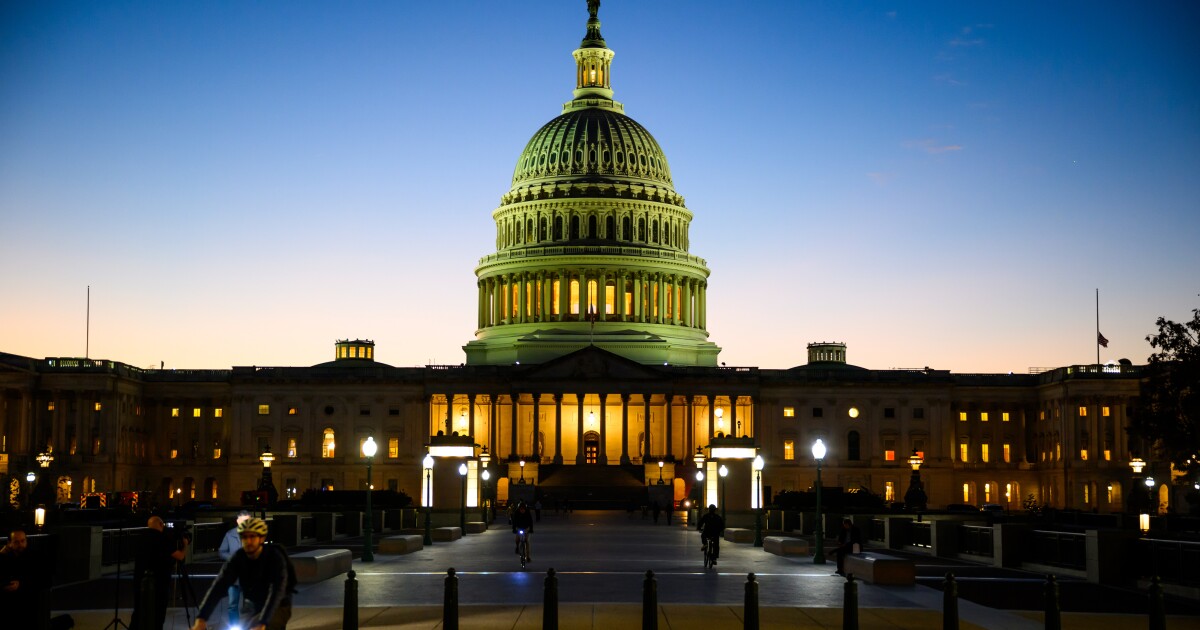
Fannie Mae recently updated its servicing guidelines to include new instructions for handling temporary interest-rate buydowns, which have become more popular as a way to attract borrowers. The new guidelines provide clarity for servicers on how to manage these loans.
The new rules, which Fannie has asked servicers to adopt immediately, become mandatory Nov. 1. They cover how to apply funds in various workout situations, and clarify borrower notification requirements for related interest-rate changes.
The government-sponsored enterprise, which buys a large percentage of mortgages in the United States, made clear in its guidance that it expects servicers to routinely give borrowers some advanced warning when their buydown is about to end and their rate will go up.
"For mortgage loans subject to a temporary interest rate buydown plan, servicers must send notification to the borrower detailing a pending interest rate increase 90 days prior to the payment change," Fannie Mae said in a bulletin issued Wednesday.
The enterprise also gave the following instructions related to how or whether servicers should apply funds in various situations, with all directives subject to whether the buydown agreement allows it.
Flex modifications : The servicer should "apply interest-rate buydown funds to reduce the arrearages" and use Fannie's updated loan-modification agreement form to reflect that this has been done.
- Late payments: Servicers "must not apply interest rate buydown funds to reduce the delinquency amount in connection with a reinstatement, repayment plan, or payment deferral" unless the buydown agreement specifically calls for it.
- Mortgage release: The servicer must "ensure that the borrower waives reimbursement of any interest rate buydown funds" related to one.
Broader changes in the servicing update include one that provides more flexibility for payment reminders by "extending the time to send such notices from the 17th day of delinquency to the 20th day of the month," subject to some pre-existing exceptions. This can be done immediately and becomes a formal rule on Dec. 1.



